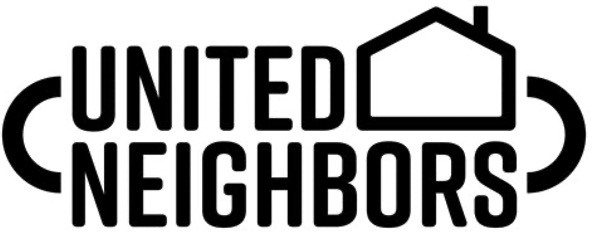Comments
PLANNING WATCH - The Citywide Housing Incentive Program (CHIPs) ordinances, also called the Plan to House LA, are part of a broad national campaign to offer real estate developers economic incentives in exchange for new low income units. So far, this approach has failed, and the chances it will end overcrowding and homelessness remain nil. Nevertheless, the CHIPs ordinances remain the North Star of housing policy.
You might wonder why programs that do not work have so much support from local, state, and national officials? My answer: the purpose of this legislation is not to end homelessness and overcrowding, but to boost the profits of private sector housing developers, whose largesse fills the campaign coffers of supportive public officials.
A close look at the Citywide Housing Inventive Program (CHIPs) ordinances, recently approved by the Los Angeles City Planning Commission, explains this. The draft ordinances contain six housing policies: Adaptive Reuse, Affordable Housing Overlays, Update to Affordable Housing Incentive Programs, Missing Middle, Opportunity Corridors, and Process Streamlining.
The approved ordinances also contain 13 sub-sections, all of which eliminate code requirements faced by developers, such as providing on-site parking:
1) State Density Bonus Programs
2) Oriented Incentive Areas
3) Corridors
4) Corridor Transitional Area
5) Affordable Housing Project
6) Faith Based Organization (FBO) Project
7) Public Land Project
8) Shared Equity Project
9) Existing Density Bonus (DB)
10) Existing Transit Oriented Communities (TOC)
11) Proposed State Density Bonus Program
12) Proposed Mixed Income Incentive Program (MIIP)
13) Proposed Affordable Housing Incentive Program (AHI
LA’s Department of City Planning has provided a summary of the CHIPs ordinances, including its limitations:
“Although CHIP and the Housing Element Rezoning Program focus on expanding housing capacity necessary to accommodate the City’s RHNA targets, the actual development of housing is largely conducted by the private market. In sum, increasing the residential zoning capacity of a site does not guarantee that construction will occur on that site.”
Expanding housing capacity is another way to describe up-zoning, a legislative action that increases the amount of housing that can be built on existing parcels. Since up-zoning increases the cost of land, it also increases the price of new housing built on that land. In addition to increased costs, there are at least five other problems inherent to the CHIPs approach for ending homelessness and overcrowding.
- In an era of high mortgage rates and population decline in Los Angeles, increasing permitted densities and eliminating code requirements is not guaranteed to increase the supply of affordable housing. Since these incentives do not result in enough low-rent housing, this is where the buck stops.
- Los Angeles has no on-site inspection programs to ensure that low-cost housing is built when zoning requirements are eliminated.
- The financial categories for this potential low income housing are often much higher than the incomes of people needing affordable housing.
- The California Department of Housing and Community Development wrote that for Los Angeles to meet its Regional Housing Needs Assessment (RHNA) target, it must expand existing zoning to accommodate 486,379 additional housing units. This figure, however, conflicts with the City’s own numbers. These are found in the General Plan Framework’s Draft Environmental Impact Report’s (DEIR’s) Chapter 7. This DEIR concluded that existing zoning in Los Angeles could accommodate 1,021,187 to 1,764,533 additional apartments, as well as 519,692 to 861,187 new single-family homes, depending on the growth scenario. (In all cases the DEIR’s figures exceed the State’s analysis.) The Los Angeles City Council certified this DEIR in 2001, and since then LA’s population has increased by 120,000 people. Even if these residents had moved into new housing, there would still be enough remaining zoning capacity to meet the State’s up-zoning requirements.

This last point may explain why LA’s City Planning Commission recently agreed to United Neighbors successful proposal to exempt single-family neighborhoods from the CHIPs ordinances.
Why CHIPs will still fail: Despite United Neighbors’ victory, most tenants have had decreasing real wages since the 1960s, while the cost of housing has increased faster than inflation. This is why shelter has become so expensive that much of the population risks becoming homeless. Some have no choice but to pay half or more of their income for housing. Others move to cheaper housing markets or double-up with friends or family. Those without these options often become homeless, and their numbers are growing. After all, when the private sector cannot make sufficient profit through CHIPs incentives, they won’t build new affordable housing.
With or without the CHIPs ordinances, homeless and overcrowding will continue to grow in Los Angeles and similar cities.
(Dick Platkin is a retired LA city planner, who reports on local planning issues. He is a board member of United Neighborhoods for Los Angeles (UN4LA). Previous columns are available at the CityWatchLA archives. Please send questions to [email protected].)
















